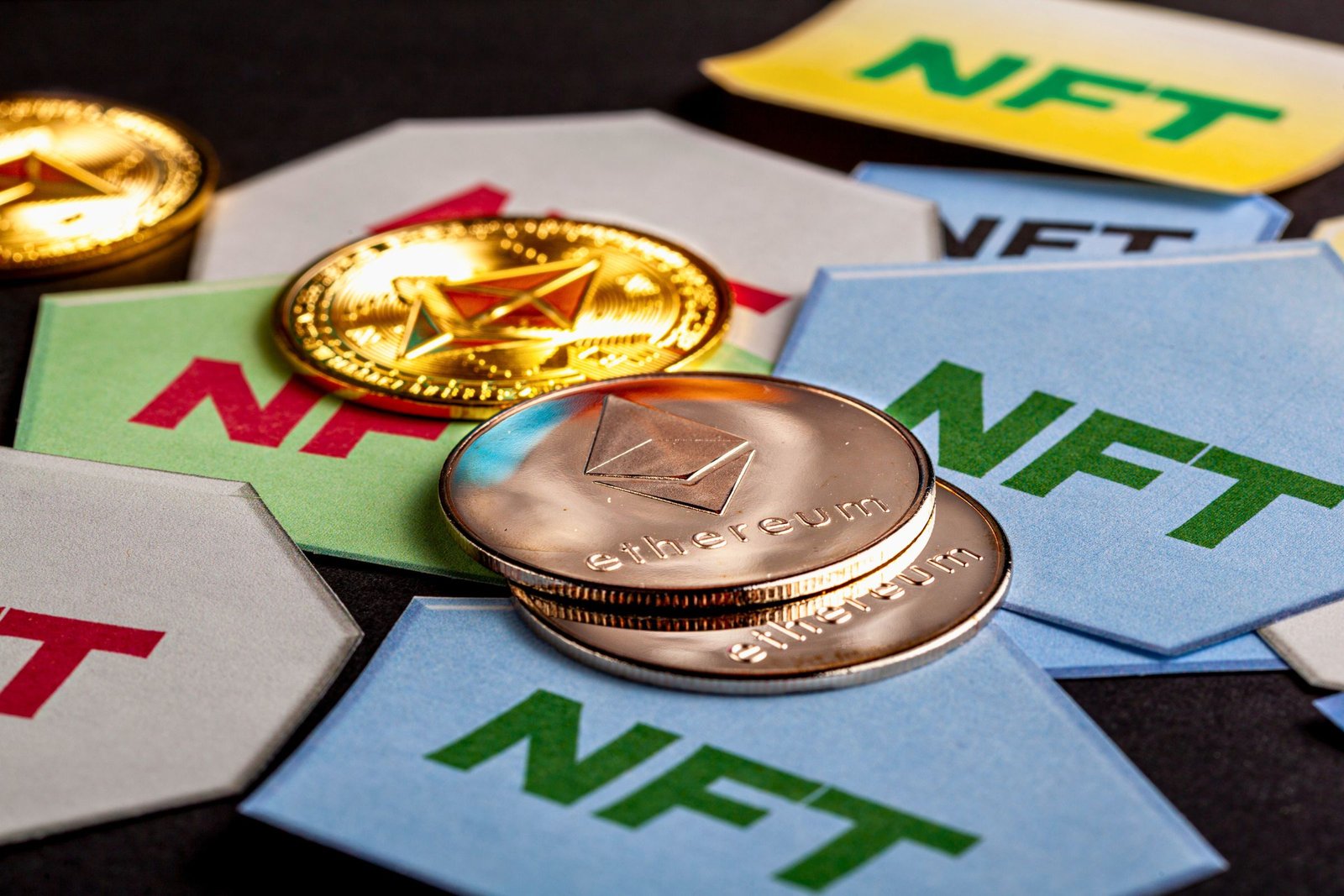In the rapidly evolving landscape of cryptocurrency, ensuring the security of your digital assets has never been more crucial. As the popularity of crypto investments continues to soar, so does the risk of malicious attacks on crypto wallets. In this article, we delve into the best practices and the latest updates in crypto wallet security to help you safeguard your investments effectively.
Understanding the Landscape

Before delving into the best practices for securing your crypto wallet, it’s crucial to comprehend the intricate landscape that surrounds cryptocurrency security. Cryptocurrency wallets, acting as the digital repositories for your digital assets, come in various forms, each with its own set of advantages and vulnerabilities.
Types of Cryptocurrency Wallets
Hardware Wallets: These are physical devices designed to store your private keys offline. Examples include Ledger Nano S and Trezor. The offline nature of hardware wallets provides a higher level of security, as they are not susceptible to online hacking attempts.
Software Wallets: These wallets are software applications that can be installed on your computer or mobile device. While offering greater accessibility, software wallets are inherently connected to the internet, making them potentially vulnerable to online threats.
Paper Wallets: A paper wallet involves printing out your private and public keys on a physical document. While paper wallets may seem secure from online threats, they require meticulous safekeeping to avoid physical damage or loss.
Gateway to Digital Assets
Regardless of the type, cryptocurrency wallets act as the gateway for managing and accessing your digital assets. They contain the essential cryptographic keys—public and private—that enable you to send, receive, and store your cryptocurrencies securely. Understanding the dynamics of these keys is fundamental to grasping the potential security challenges.
Security Challenges in the Crypto Landscape
Phishing Attacks: Cybercriminals often employ deceptive tactics, such as fake websites and emails, to trick users into revealing their private keys or login credentials. Recognizing phishing attempts is paramount to avoiding unauthorized access.
Malware: Software wallets, being connected to the internet, are susceptible to malware attacks. Malicious software can compromise the security of your wallet, leading to unauthorized access and potential loss of funds.
Hacking Threats: With the rising value of cryptocurrencies, the threat of hacking has become ever-present. Hacking attempts can exploit vulnerabilities in both software and hardware wallets, emphasizing the need for robust security measures.
Navigating the Complexities
While cryptocurrency wallets offer unparalleled convenience in managing digital assets, users must navigate through the complexities of security challenges. Choosing the right type of wallet based on individual needs and risk tolerance is the first step towards establishing a secure foundation for your crypto journey. In the following sections, we will explore best practices and the latest updates designed to mitigate these challenges and enhance the security of your crypto holdings.
Best Practices for Crypto Wallet Security

Choose the Right Wallet
Selecting the appropriate type of wallet is the first step in securing your crypto assets. Hardware wallets, such as Ledger or Trezor, offer enhanced security by keeping your private keys offline. Software wallets, like Exodus or Electrum, provide convenience but may expose you to online threats. Understand the pros and cons of each type and choose accordingly.
Enable Two-Factor Authentication (2FA)
Adding an extra layer of protection to your accounts is essential. Implementing 2FA ensures that even if your password is compromised, an additional verification step is required, thwarting unauthorized access.
Regularly Update Your Software
Wallet providers frequently release updates to address security vulnerabilities. Staying up-to-date with the latest software versions is crucial for protecting your assets. Enable automatic updates whenever possible or regularly check for new releases.
Secure Your Private Keys
Your private keys are the gateway to your crypto funds. Keep them offline whenever possible, and never share them online. Consider using secure physical storage options like hardware wallets or encrypted USB drives.
Be Wary of Phishing Attempts
Phishing remains a prevalent threat in the crypto world. Always double-check URLs, use secure and verified websites, and never click on suspicious links. Be cautious of unsolicited emails or messages requesting sensitive information.
Latest Updates in Crypto Wallet Security

Multi-Signature Wallets
Multi-signature wallets require multiple private keys for a transaction to be authorized, adding an extra layer of security. This feature is gaining traction as a safeguard against single points of failure.
Biometric Authentication
Some wallets now integrate biometric authentication, such as fingerprint or facial recognition. This enhances security by ensuring that only authorized individuals can access the wallet.
Decentralized Identity Solutions
Decentralized identity solutions are emerging to provide users with control over their personal information. This shift reduces the reliance on centralized entities, mitigating the risk of data breaches.
Conclusion

As the crypto landscape evolves, so should your approach to wallet security. By incorporating these best practices and staying informed about the latest updates, you can fortify your defense against potential threats. Remember, the key to a secure crypto experience lies in proactive measures and a constant commitment to staying ahead of malicious actors.








